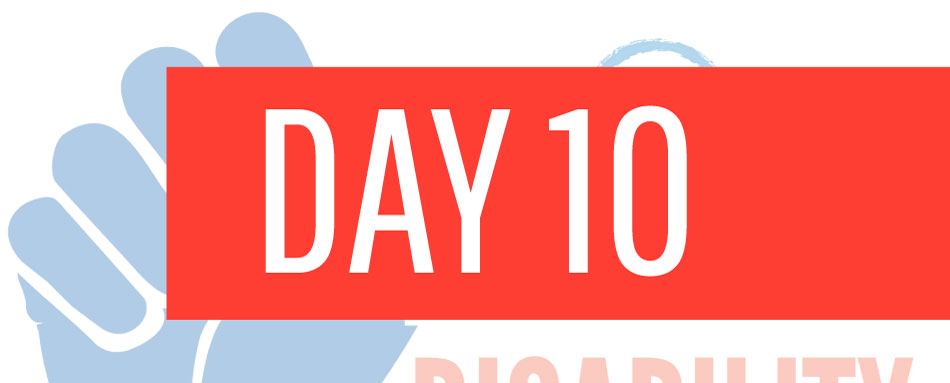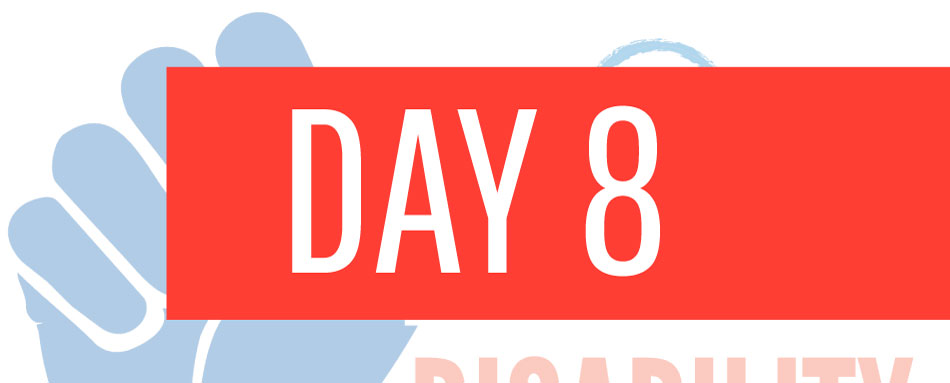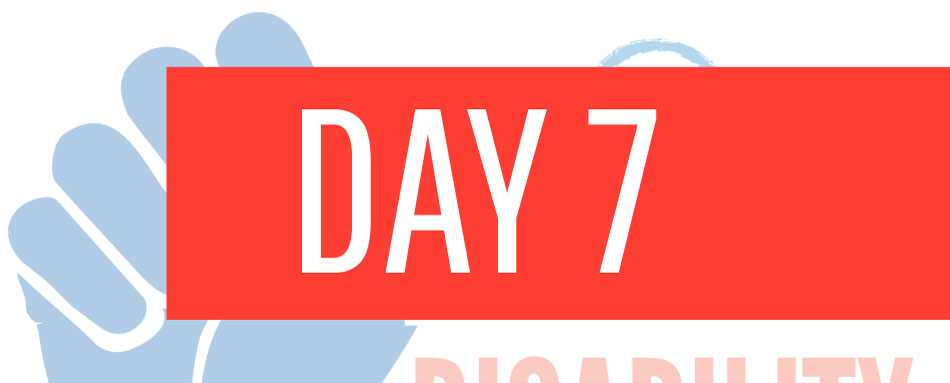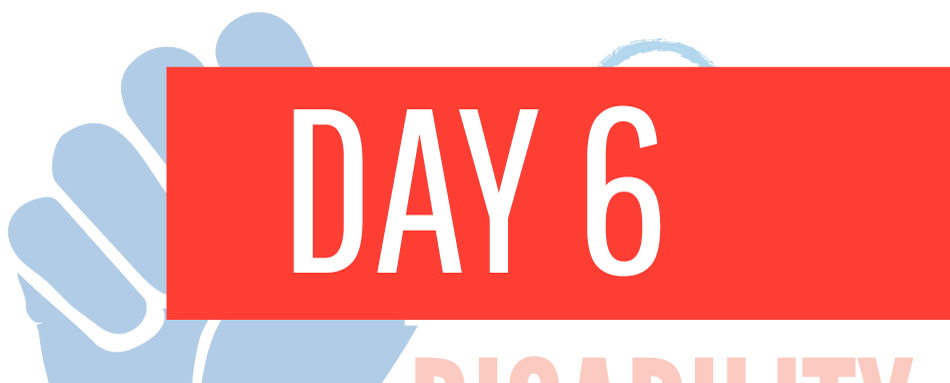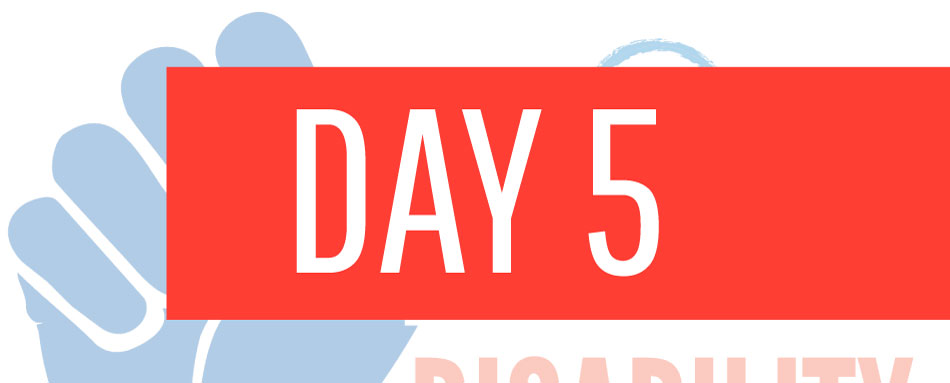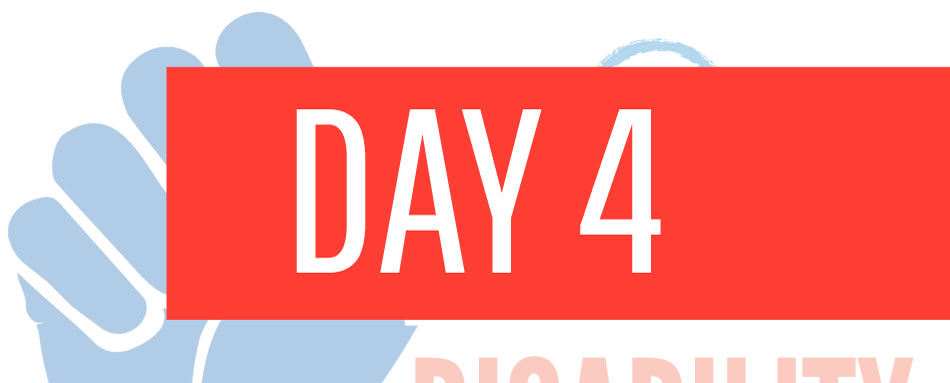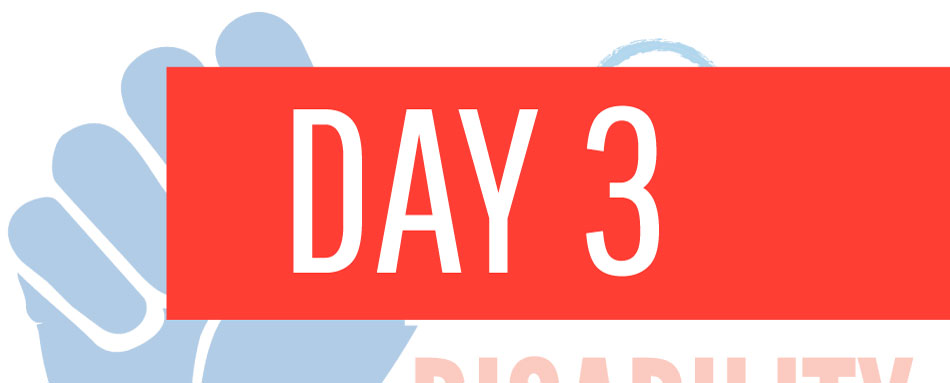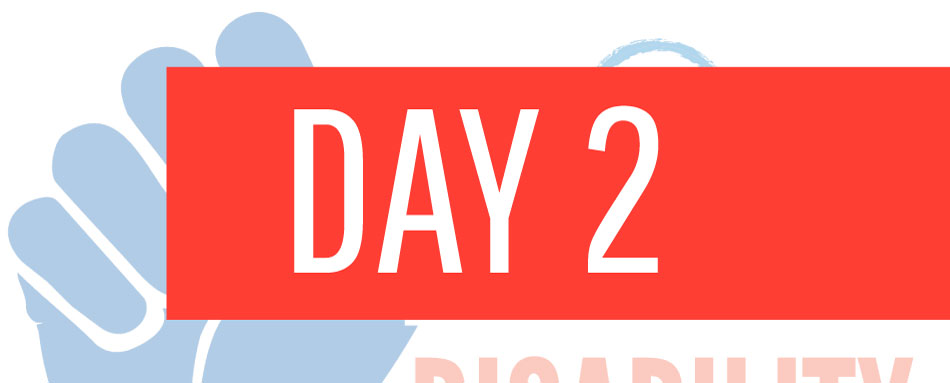Posts by unitedwaybck
Day 11: Subminimum Wage & Sheltered Workshops
Congress enacted the Fair Labor Standards Act in 1938 as part of the New Deal; one of the Act’s provisions, Section 14 (c), grants special certificates allowing for the employment of workers with disabilities below the federal minimum wage. Many employers operating under 14(c) have historically employed people with disabilities in segregated work centers commonly…
Read MoreDay 10: Income Inequality
People with disabilities have a history of living in poverty and are over-represented in the rates of unemployed Americans. The Americans with Disabilities Act (ADA), which has been in existence for over thirty years, provided a pathway for people with disabilities to be included in the workforce. Title I of the ADA prohibits private employers,…
Read MoreDay 9: Job Accommodations
According to the Bureau of Labor Statistics, in 2018 the employment rate for people with disabilities was 19% compared to 66 % for people without disabilities. There is a common misconception that people with disabilities are not able to work, or worse, that they don’t want to work. This is not the case for most…
Read MoreDay 8: Accessibility: Physical and Programmatic
When people hear the word “accessibility,” they may think of braille on bathroom signs, accessible parking spaces, or ramps, but accessibility is much more than a handful of design elements. Accessibility means people with disabilities have equal access to places, programs, and services without being obstructed by physical or programmatic barriers. When the Americans with…
Read MoreDay 7: Intersectionality
The world is filled with people who identify with more than one aspect of themselves. An example of this is an individual with a disability who is Black and part of the LGBTQ+ community; that person will likely identify as all three of those characteristics. A person with multiple identities could face multiple types of…
Read MoreDay 6: Ableism
In its simplest form, ableism is the belief system that tells us it is better to be non-disabled than it is to be disabled. It’s the cultural message that many of us were taught when we were children. This belief is evident in our society’s lack of access and inclusion to the basic rights and…
Read MoreDay 5: Objectification
The term “Inspiration Porn” was coined by the Australian activist Stella Young and is now widely used throughout the disability community. She defines it as the objectification of disabled people for the benefit of non-disabled people. Inspiration porn consists of images, stories, and media that portray people with disabilities as objects of inspiration. Typically, there’s…
Read MoreDay 4: Disability & The Media
Representation Matters! According to the Centers for Disease Control, approximately 26%, or one quarter, of adults in the United States has a disability. However, a recent study found that only 2.5% of film characters in the previous 10 years were depicted as having a disability. A lack of visibility in mainstream media contributes to marginalizing…
Read MoreDay 3: From Awareness to Acceptance
Medical Model vs. Social Model of Disability The medical model and the social model are two different ways of framing disability. Most people outside of the disability community think of disability within the framework of the medical model — where someone with a disability is thought to have an “impairment” that should be “fixed” so…
Read MoreDay 2: Disability Language
The language we use around any topic sets up a perspective that carries judgment. We can easily project whether we hold something in high regard or see it as inferior by the words we choose. Unfortunately, much of the language used around disability has stigmatized disability as being a negative thing – something that is…
Read More

